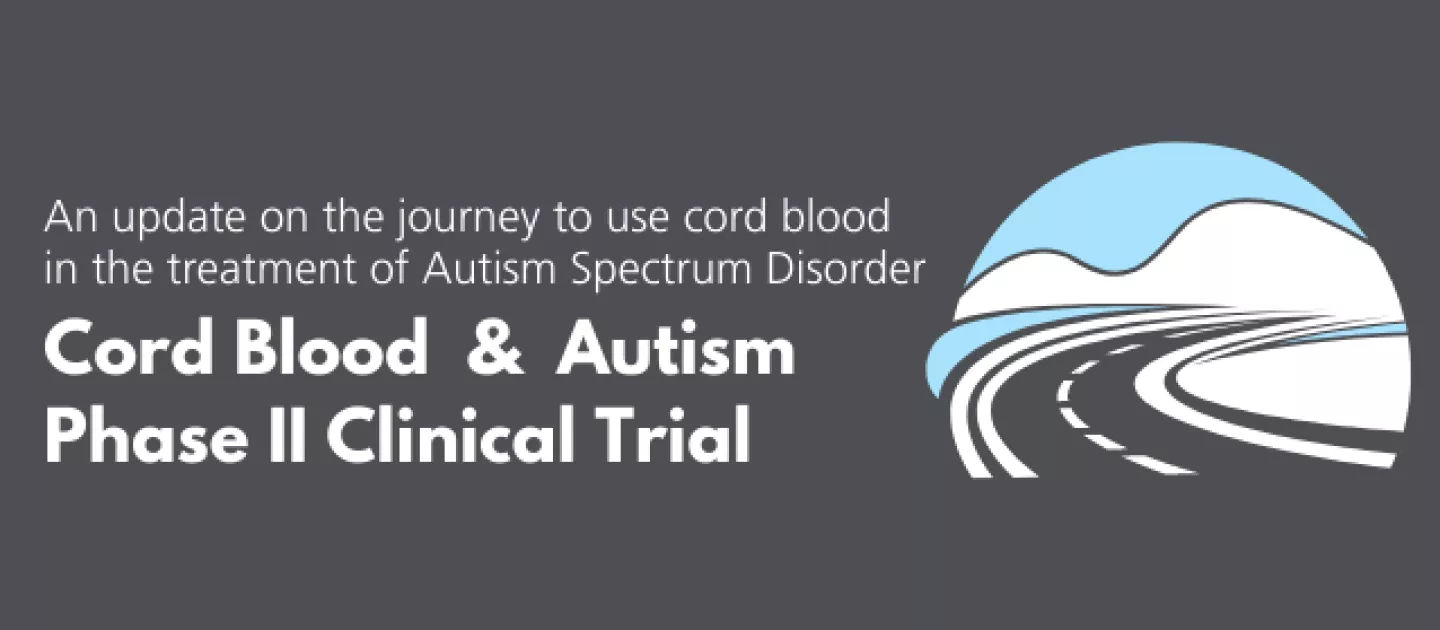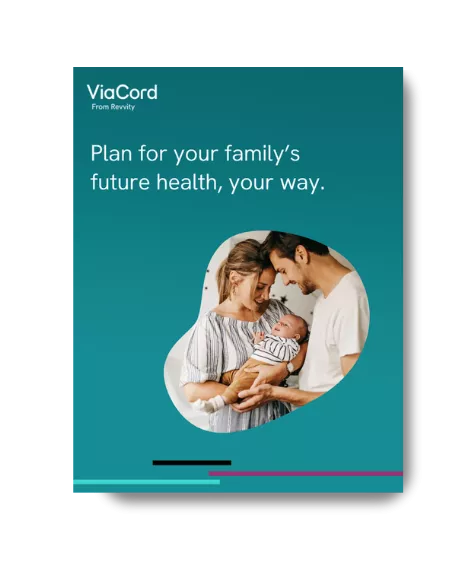An update on the journey to use cord blood in the treatment of Autism Spectrum Disorder
In the recent May 2020 edition of The Journal of Pediatrics, results from a Phase II Randomized Clinical Trial of the safety and efficacy of cord blood for the treatment of children with Autism Spectrum Disorder(ASD) were published. The results indicated cord blood infusion was safe and well tolerated while analysis of the entire sample showed no evidence that cord blood was associated with improvements in the primary outcome - social communication or the secondary outcomes - autism symptoms and vocabulary. Based on these results, the authors concluded that overall a single infusion of cord blood was not associated with improved socialization skills or reduced autism symptoms and more research is warranted to determine whether cord blood is an effective treatment for some children with ASD.1
We in the cord blood community have been eagerly awaiting these results given ASD affects approximately 1 in 54 children in the U.S2 and there is no FDA approved medicine to treat the core symptoms of Autism.3 Also, Autism is known as a “spectrum” disorder because there is wide variation in the type and severity of symptoms people experience.4 So, in fact, It would have been rather amazing for cord blood to have been a “silver bullet” for all kids with this complex condition with unknown etiology.
Understanding the variability of symptoms of children with a spectrum disorder and the wide age range (for pediatrics) of 2 through 7 years, various other analyses were performed. It is very encouraging to find the researchers identified sub populations where efficacy benefits of cord blood infusion were seen. The cohort of children with a non-verbal IQ (NVIQ) of over 70 showed more positive response as compared to placebo than those kids who had a NVIQ less than 70. More specifically, children aged 4 to 7 without intellectual disability were identified as the optimal study subjects for future studies.
The study also served to guide the continued direction of the journey by better defining the tools best capturing subjective and objective change. With this refined understanding of which patients may see benefit and the best methods of evaluation, further studies can be performed to examine if the benefits seen in certain sub populations of can be replicated or expanded.
It is important to note and encouraging to know that a high percentage of children with ASD are represented in the cohort showing positive response to cord blood infusions. As an illustration, current statistics from Autism Speaks show that approximately 70% of kids with ASD have a NVIQ > 70 . Further, most kids are being diagnosed with ASD after age four.5
The journey continues and although this new target group represents a slight narrowing in the number of the kids who are eligible to participate in future clinical trials, there remains broad opportunity for hope for so many families.
Disclaimer: Banking cord blood does not guarantee that treatment will work and only a doctor can determine when it can be used. Cord tissue stem cells are not approved for use in treatment, but research is ongoing.
References:
1. https://www.jpeds.com/article/S0022-3476(20)30334-6/pdf
2. https://www.cdc.gov/mmwr/volumes/69/ss/ss6904a1.htm?s_cid=ss6904a1_w
3. https://www.autismspeaks.org/medicines-treating-autisms-core-symptoms
4. https://www.nimh.nih.gov/health/topics/autism-spectrum-disorders-asd/index.shtml#:~:text=Autism%20is%20known%20as%20a,symptoms%20and%20ability%20to%20function.
5. https://www.psychiatry.org/newsroom/news-releases/children-diagnosed-with-autism-at-earlier-age-more-likely-to-receive-evidence-based-treatments#:~:text=The%20American%20Academy%20of%20Pediatrics,more%20than%204%20years%20old











